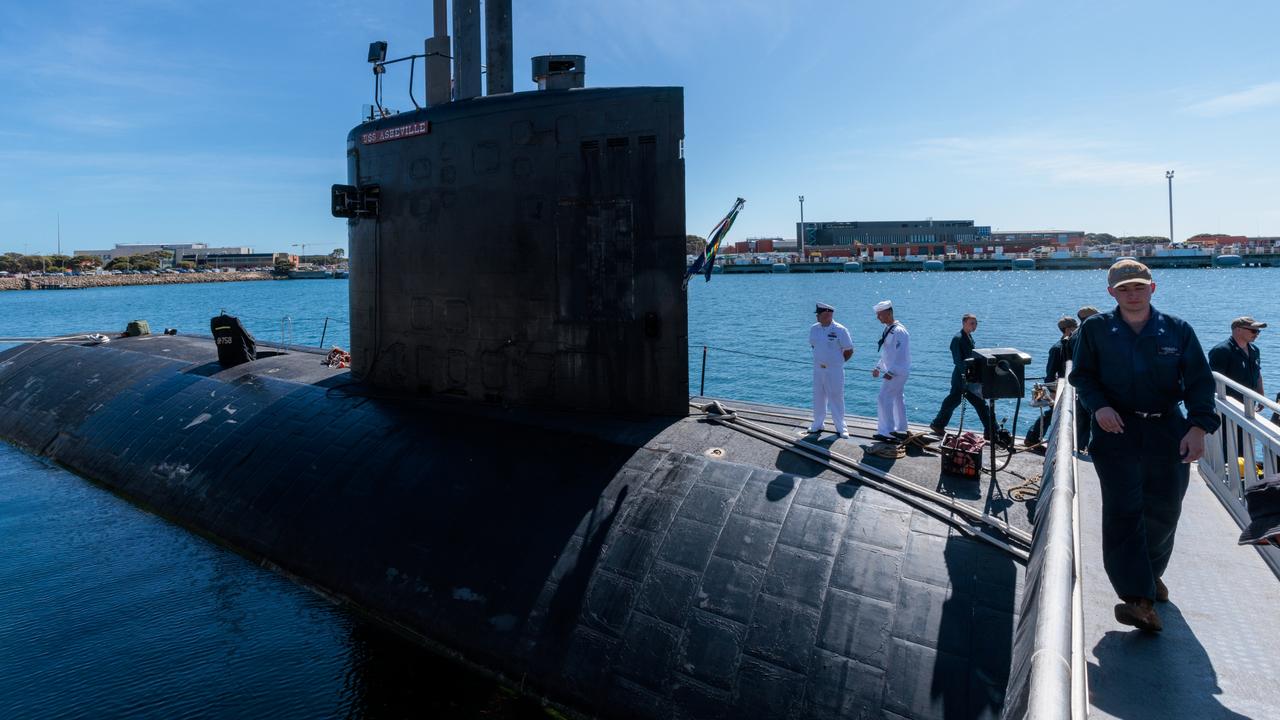Federal Budget 2023: Australian support for Ukraine includes humanitarian aid
The Federal Budget has boosted its humanitarian package for embattled Ukraine, now in its second year of war with Russia. See how else Australia is helping.

Federal Budget
Don't miss out on the headlines from Federal Budget. Followed categories will be added to My News.
Ukraine has received $65m in humanitarian aid on top of a military package of armoured vehicles, drones and ADF training for Ukraine forces.
While this year’s foreign aid budget has centred on Southeast Asia and the Pacific, provision has been made for the embattled country in its second year of war with Russia.
A total of $189m over two years from 2022-23 has been made in military aid to the country, largely for Bushmaster vehicles and ADF training for Ukraine armed forces, as well as a joint manufacturing initiative with France for 155mm artillery ammunition.
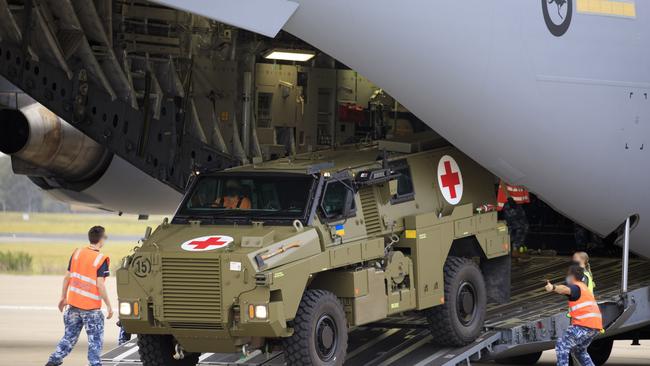
But $65m has also gone out in humanitarian aid for civilians in the conflict; around 8.2 million people remain displaced outside Ukraine according to UNHCR which noted another 12 million had returned to their homeland to try and rebuild their lives.
The Budget’s 2023-24 Official Development Assistance (ODA) provides for $4.77bn, building on the $1.4bn boost announced in the October Budget. ODA growth has been locked in to grow 2.5 per cent per annum from 2026-27.
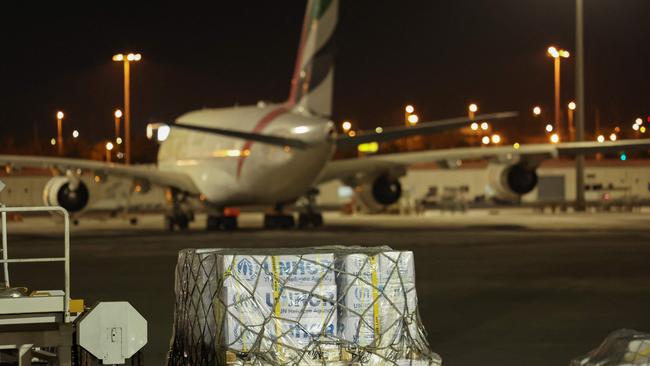
Other countries outside the Southeast Asian region to receive assistance from the October 2022 and Tuesday’s Budget update include lifesaving assistance for Sudan in its current conflict, $6m; assistance for refugees in Syria, Lebanon and Jordan, $15m; $18 million for Turkiye and Syria following the devastating earthquake; $10.2m for Pakistan in the aftermath of its floods; and $35m for Horn of Africa and Yemen combating a food crisis.
Myanmar and Bangladesh have also received $135m to deal with their respective humanitarian crisis while Kiribati and Tuvalu received $2.7m and $500k respectively for help accessing safe drinking water.
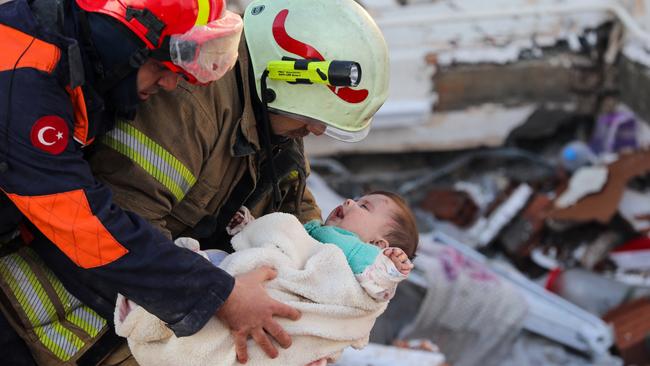
The United Nations is to also receive significant funds for various programs including in Palestine, world food programs, UNICEF and WHO.
But as dictated by the Defence Strategic Review, diplomatic and aid outreach would be focused on neighbours in the Indo-Pacific region.
“Australia’s objective is to contribute to a regional balance of power that bolsters peace and stability by shaping an open stable and prosperous Indo-Pacific and to achieve that Australia must harness all elements of national power,” the Budget spells out.
To that end the Department of Foreign Affairs and Trade will employ and deploy more diplomats into the region for deeper engagement as well as more military and police resources to bolster maritime security.
HOW DEFENCE WILL SPEND BUDGET BOOST
Australia’s push to curb China’s regional coercive ambitions has been given a $2bn boost, allowing for more regional deployments of soldiers, sailors and police.
Since coming into office, the Albanese government has sought to rewrite Australia’s defence and security strategy around long-range missiles, drones and nuclear-powered submarines.
But the budget has sought to balance the tone – which had caused some angst with regional neighbours – with recognition that diplomacy can effectively form a defensive regional security chain.
To that end, defence’s new headline spend will increase by $2bn in 2023-24 from $48bn to $50.1bn with greater investment in “people-to-people” programs in the region. The budget is expected to grow by $2bn a year to 2027.
“Ultimately, defence spending will grow over the medium term, which is in line with the strategic circumstances,” Defence Minister Richard Marles said.
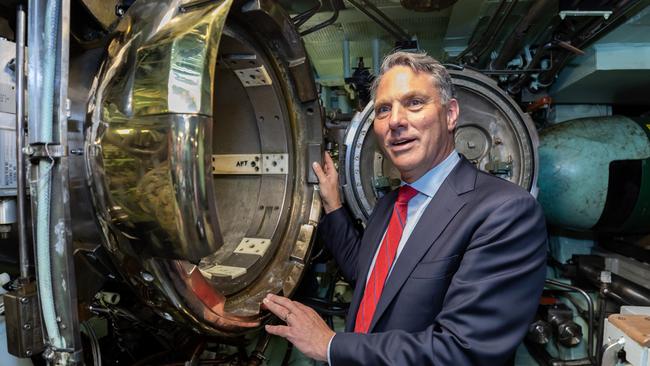
A broad package of measures of assistance for Pacific neighbours will see an increase in both Australian Defence Force and police personnel deployments, direct aid for infrastructure programs, and a boost to participation in the Pacific Australia Labour Mobility Scheme.
There will also be an increase to the diplomatic ranks.
“At a time when we face the most confronting circumstances in decades, the 2023-24 budget will better enable Australia’s global network to shape the region and advance our interests, including by lifting the capability of our foreign service, and by countering disinformation,” Foreign Minister Penny Wong said.
“Since coming into office, the Albanese government has made a significant investment in our key relationships and our diplomacy, bolstering DFAT’s capability by funding more than 350 staff across our diplomatic network, raising the department’s workforce to its highest levels in over a decade.”
The diplomats will fan out across the region, offering scholarships, work programs and trade and business opportunities, including increasing the regional supply chain.
The government will also upgrade Australia’s ageing International Communication Network infrastructure, which supports global secure communications across governments, building resilience against cyber threats.
Senator Wong said investing in diplomatic power trade and development would make Australia more influential in the world, through Southeast Asia and the Pacific.
As previously announced, $19bn will be invested in the Defence Strategic Review, the blueprint released last month for national security, including $9bn to kickstart the AUKUS nuclear-powered submarine program, $4bn for long-range strike capabilities and $3.8bn to increase the security of bases to Australia’s north, including in Darwin, RAAF Base Townsville and the Cocos (Keeling) islands in the Indian Ocean from where long-range surveillance drones will be based.
The government is also committing $394m over two years to pilot a $50,000 “continuation bonus” to retain ADF members who complete initial service requirements.
The investments are not new money, having come from other programs that have either been cut back or cancelled altogether.
Originally published as Federal Budget 2023: Australian support for Ukraine includes humanitarian aid


